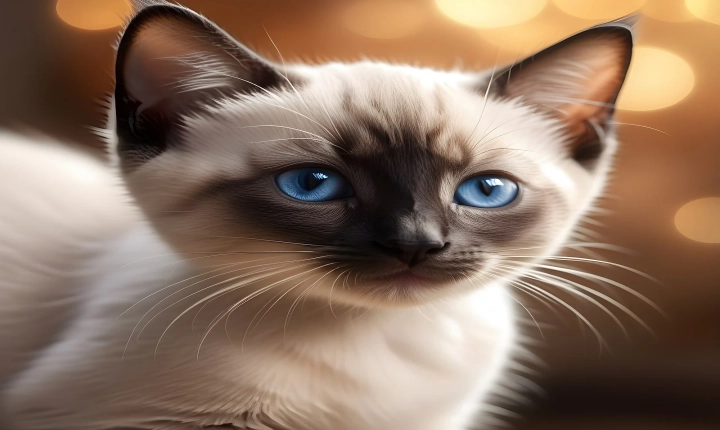Title: How to Create Stunning Visual Content with ChatGPT and Canva
In today’s digital age, creating captivating visual content is essential for engaging and communicating with your audience. Thanks to advancements in artificial intelligence (AI) and design tools, the process of creating stunning visual content has become more accessible than ever. In this article, we will explore the power of combining ChatGPT and Canva to produce compelling visual content effortlessly.
ChatGPT, developed by OpenAI, is a state-of-the-art natural language processing model that can generate human-like text based on input prompts. On the other hand, Canva is an intuitive graphic design platform that empowers users to create professional-looking visuals with ease. By integrating the capabilities of both ChatGPT and Canva, users can leverage the natural language generation of ChatGPT and the design features of Canva to produce compelling and visually appealing content.
The integration of ChatGPT and Canva offers numerous benefits, specifically in streamlining the content creation process. By using ChatGPT, users can input text prompts to generate ideas, content, or messaging for their visual designs. This can be especially helpful for brainstorming concepts, crafting effective copy, or generating compelling narratives that can be incorporated into the visuals. Additionally, ChatGPT can assist in generating unique and creative taglines, captions, or social media posts, providing users with a constant stream of fresh and original content ideas.
Once the content has been generated through ChatGPT, users can seamlessly transfer the text to the Canva platform. With Canva’s user-friendly interface and extensive library of design elements, users can effortlessly transform the generated content into visually stunning graphics, presentations, social media posts, and more. Canva offers a wide range of design templates, stock photos, illustrations, and fonts, allowing users to customize and enhance their visual content to align with their brand identity and communication objectives.
To effectively utilize the integration of ChatGPT and Canva, here’s a step-by-step guide:
Step 1: Generate Content Ideas with ChatGPT
Start by accessing ChatGPT and inputting text prompts related to the content you want to create (e.g., product descriptions, marketing copy, social media posts).
Step 2: Refine and Expand Generated Content
Review the content generated by ChatGPT and refine it to fit your specific needs. You can also use ChatGPT to brainstorm additional ideas and variations to enrich the content.
Step 3: Transfer Content to Canva
Copy the refined content from ChatGPT and paste it into the Canva design interface, selecting a template that matches your intended visual format (e.g., social media post, presentation slide, flyer).
Step 4: Design and Customize
Using Canva’s design tools, enhance the layout and appearance of the content, incorporating images, graphics, and fonts that complement the generated text. Customize colors, font styles, and layout to align with your brand image.
Step 5: Download and Share
Once the visual content is ready, download it in your preferred format (e.g., JPEG, PNG, PDF) and share it across your desired platforms to engage your audience.
By integrating ChatGPT and Canva, users can significantly improve their content creation workflow, save time, and produce visually impactful assets that effectively convey their message. This seamless collaboration between AI-driven text generation and intuitive design tools opens up new possibilities for individuals and businesses looking to elevate their visual storytelling and communication efforts.
In conclusion, the integration of ChatGPT and Canva empowers users to unleash their creativity and streamline the process of visual content creation. Whether it’s designing social media graphics, promotional materials, or presentations, this powerful combination offers a robust solution for generating captivating visual content. As AI and design tools continue to advance, the synergy between ChatGPT and Canva exemplifies the potential for innovative content creation in the digital landscape.
